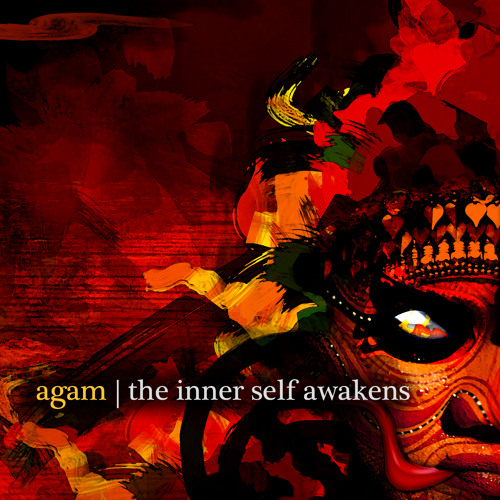So many prog artists were - and still are - fascinated by streaming waters. Like Wendy are no exception, and one of their best tracks is actually about a river. These two Dutch musicians, Bert Heinen and Marien, were dedicated followers of Marillion, Pendragon and, of course, Genesis. They released a few good albums between the late '90s and the early 2000s. This song is from "Rainchild", their second studio work and I really like its bright sound and the lead dreaming guitar, so full of body. Even moving, I daresay, floating in a mist of keyboards.
Like Wendy released six studio albums between 1998 and 2005.
You don't need to be original to create a good song and an old prog lover as I am. sometimes just needs a warm, familiar arrangement, some well played instruments and a good melody to restore his brain and body. This is exactly what Like Wendy and "The River" have in store for us. So, if you feel like opening the gates of a well known and cherished garden, please come in, close your eyes, and...






